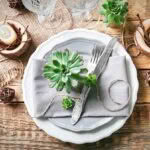Creative ways with succulents PLUS how to propagate succulents for free
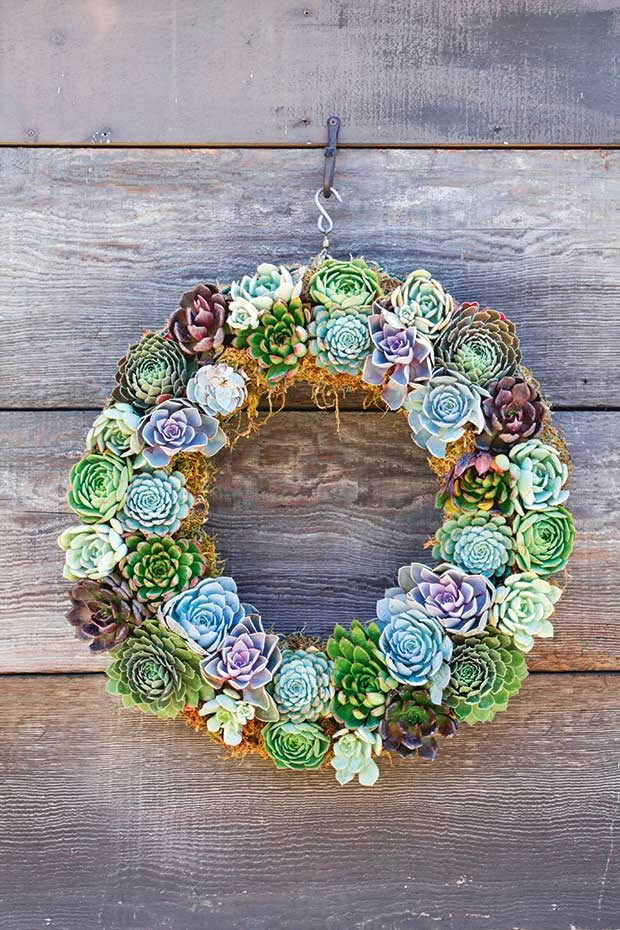
Succulents are a beautiful business plan if you enjoy some simple DIY and a little creativity.
Words: Jane Wrigglesworth
I’m a huge fan of echeverias, a family of succulents with leafy rosettes that resemble roses, water lilies and camellias. They grow well as potted plants, and in the garden. Even better, you can pick the flower-like rosettes and add them to a flower arrangement in a vase.
When the other flowers begin to shrivel, you can remove the succulents and plant them back in the garden. It’s the very definition of sustainability. Early garden writers had a penchant for elegant and lengthy prose when it came to succulents. W.J. May, author of Greenhouse Management for Amateurs (1897), liked them as much as I do.
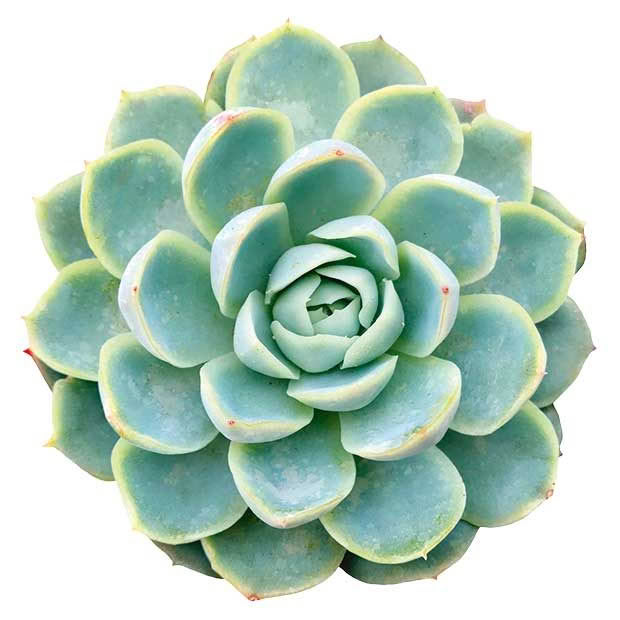
“They are good plants for decoration, receive no injury from drought, bloom profusely in the season, and bear hardships that would utterly destroy less succulent plants.”
Today we would write that succulents are low-maintenance. The flowers are at the end of 30cm+, pencil-thin stems that rise from among the leaves. The stems curve and nod at the top, holding bell-shaped flowers in various colours: orange, yellow, red, pink, or a combination. The flowers will last for some time in a vase, or you can leave them on the plant and enjoy them for weeks.
Growing succulents is a neat side business. They are easy to grow, mostly for free. There are many creative ways you can use the leafy rosettes, in bouquets, terrariums, wreaths and vertical gardens.
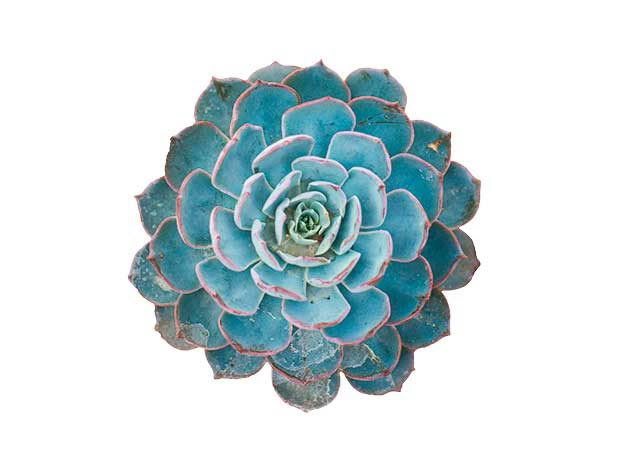
When I sold potted plants and succulents at my local market, the succulents were always snapped up. I once potted up small ones in silver goblets that I bought from op shops; one bride-to-be bought the lot for table decorations. What’s great about succulents for weddings is you don’t have to worry about your flowers wilting on the day.
3 WAYS TO GROW SUCCULENTS FOR FREE
Succulents are easy to propagate. The one drawback is you will need to be patient as they can take a little time to form roots.

1. Cut the stem
With many, like aeonium, you cut a stem off and pot it up in free-draining mix. Generally, it’s best to cut succulent stems just below a stem joint or leaf bud. Leave for a couple of days for the cut end to seal over to reduce the risk of fungal disease.
Pot up in a container filled with a succulent mix, or a potting mix that has sand or grit added to it.
2. Pull off an offset
Some form small offsets, or ‘baby’ plants that can be pulled off and planted.
Some hybrids do not develop offsets, but there’s a simple trick to creating a new plant from one, especially if the stem has grown tall and somewhat ungainly:
• sever the head with a sharp knife, leaving about 5cm of stem attached;
• set it aside for a couple of days before potting it up;
• don’t discard the original stem as it should form small rosettes from its nodes, which can be removed and planted as well.
3. Leaf propagation
Leaves from echeverias, crassulas, kalanchoes and sansevierias can be propagated. Pick a few leaves and let them dry for a couple of days, to allow the tissues to seal over. Put these in a pot, standing them up against the sides, with the stem end touching the potting mix.
Some people like to bury the ends, but with the standing-up method, there is less chance of rotting. Place your cuttings in a spot that receives bright, but not direct sunlight. Water sparingly. After a while, roots will form, then small leaves.
5 CREATIVE WAYS TO USE SUCCULENTS
Succulents are very accommodating, and easy to work with. They make nice gifts in pots for Christmas, Mother’s Day and Father’s Day or for markets, or you can get a little more creative.
1. Table centrepiece
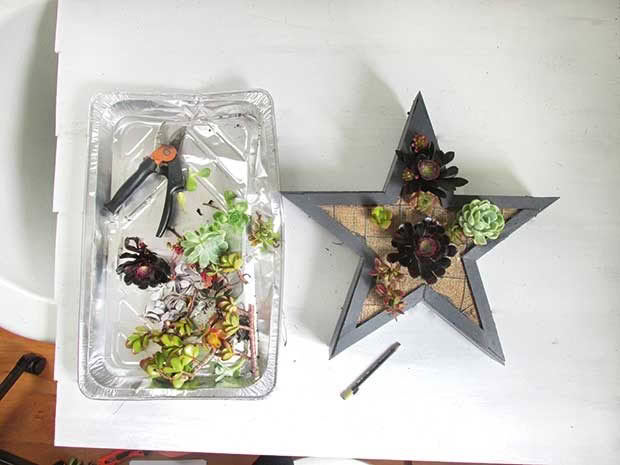
This is a star-shaped container I filled with succulents for a Christmas table centerpiece. It could be hung on an outdoor wall afterwards.
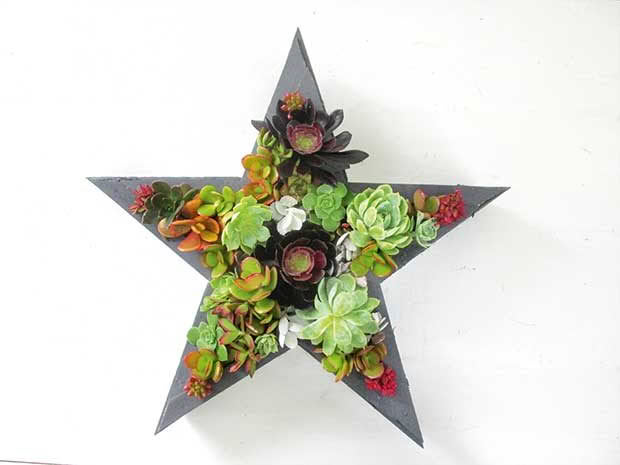
2. Succulent weddings
Succulents are popular in wedding bouquets because they can be planted in the garden, after the wedding, as a memento. The stems don’t always lend themselves to bouquets – some are too short – but you can easily wire the base of the succulent head.
• poke a wire through the base of the stem horizontally;
• place a chopstick, or something similar, parallel to the stem; bend the wire down and tightly wrap the ends around the stem and chopstick to secure it to the stick;
• use green florist tape and wrap the stem, wire and chopstick, starting at the top;
• add your succulent ‘stem’ to a bouquet of flowers.
3. Picture frame vertical garden
A small vertical garden in a picture frame is easy to make and a great seller.
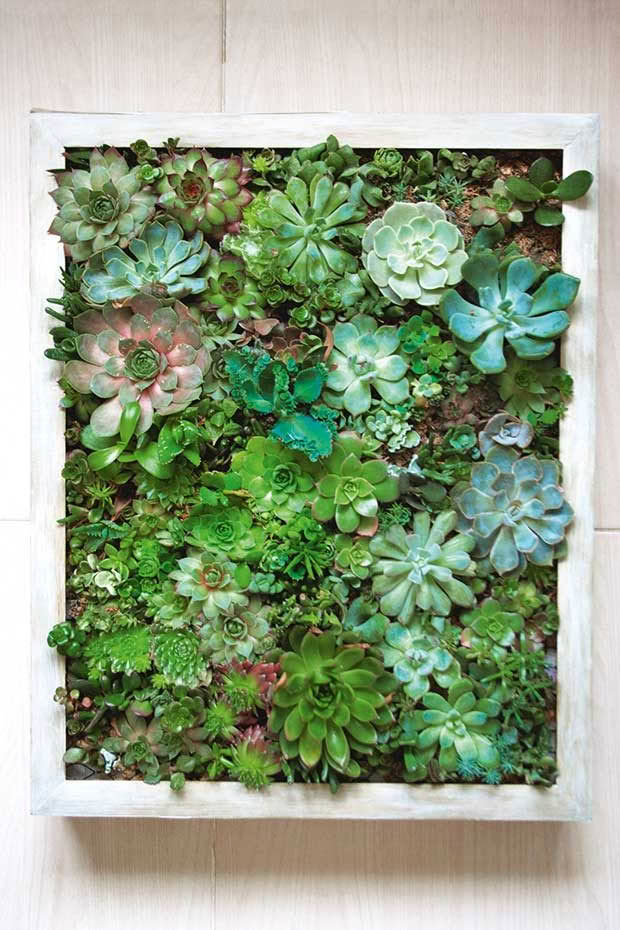
1. Take cuttings of succulents, leaving a 5cm stem attached. Let them dry for a couple of days.
2. Find a wooden box with low sides, plus a fancy picture frame. The box should be about 3cm smaller than the frame. Turn the picture frame over and staple a piece of wire mesh to the back to just cover the hole.
3. Flip the frame over and line the box with heavy-duty black plastic.
4. Attach 2cm-angle brackets to the sides of the box. Place the picture frame on top of the box and secure it.
5. Attach two D-rings to the top of the box on the back for hanging.
6. Fill the box with succulent potting mix. Plant the succulent cuttings in between the mesh until the frame is filled. You can use sphagnum moss to fill in any gaps.
7. Leave the box and frame lying flat for six weeks or more until roots develop, anchoring the succulents.
4. Shutter vertical garden
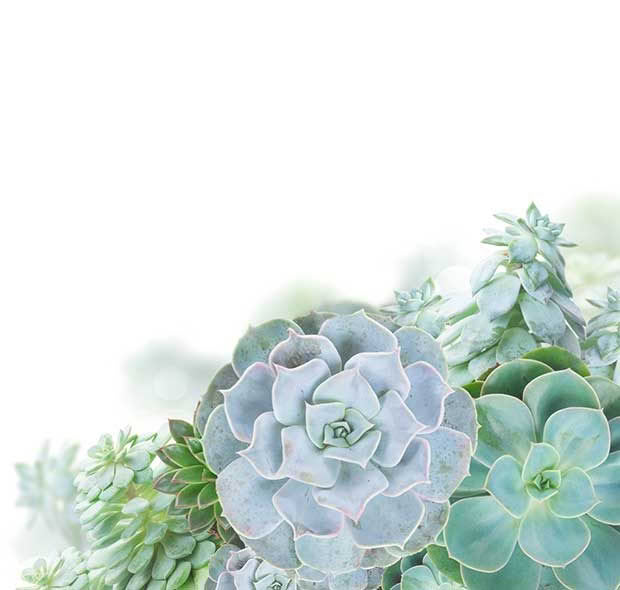
This project uses old shutters. Tuck the succulents into the openings between the slats. The stems and roots can be held in place with pockets made from weed cloth, stapled to the back of the shutters. It looks striking as a patio screen, or propped up against a wall.
5. Funky containers
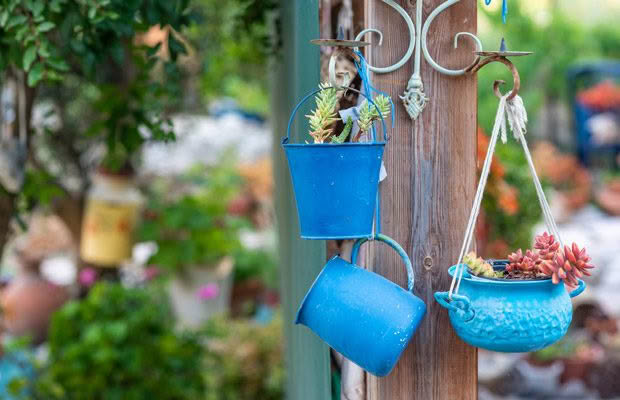
Fill any quirky vessel (think miniature watering cans or funny shaped pottery) with potting mix and let the succulents take it from there.
Make your own succulent potting mix
MATERIALS
2 parts sharp sand
2 parts loam
1 part gravel
½ part leaf mould
METHOD
Mix together. For every 35 litres you make up, mix in 1 scoop of bonemeal and 1 scoop of ground limestone. I use a 12cm plant pot as a ‘scoop’.
Love this story? Subscribe now!
 This article first appeared in NZ Lifestyle Block Magazine.
This article first appeared in NZ Lifestyle Block Magazine.


